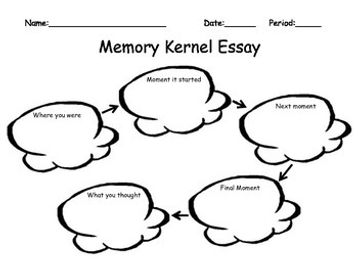
Literacy Strategies
Parking Lot
Parking Lot is a literacy strategy where students are provided space to anonymously write ideas and questions relating to a given topic
Science Application: When students are first introduced to a new natural phenomenon, students will write initial ideas, observations, and hypotheses about why this natural phenomenon occurs on sticky notes to be posted on the white board. This can be used as formative assessment to obtain student's prior knowledge

Save The Last Word For Me
Save The Last Word For Me is a protocol that encourages meaningful classroom conversations by eliciting differing opinions and interpretations of text/images. In groups, students will each choose a different passage, quote, image etc. to share. After presenting their chosen artifact students wait and listen to others' interpretations of artifact, before giving their own opinion.
Science Application: Students will look at various images of tropical reefs throughout time. In groups each student will chose a different image. Students will go around and explain what natural processes they see, the student choosing the image goes last.

Talk Moves
Talk Moves allow educators to insight student thinking and make thinking visible.
Science Application: During group discussions educator will use a variety of talk moves to illicit student thinking. Talk moves can also be used during lecture for comprehension checks.

3-2-1 Bridge
The 3-2-1 Bridge technique allows students to communicate their understandings and questions about a certain topic.
After introduction to anchoring phenomenon and completion of first activity, students will complete a 3-2-1 Bridge as an exit slip recording 3 things they learned from the activity, 2 things they do not understand, and 1 connection they made to the anchoring phenomenon.

Jigsaw
Jigsaw is a cooperative learning strategy that enables students to become experts in a specialized area under a certain topic before sharing and exchanging knowledge with other students. This strategy helps to increase student engagement by increasing student agency.
Science Application: When learning about the systems of the body, students will focus on one system (i.e digestive system or endocrine system) and become masters or experts of how their chosen body system works. Students may then form groups, each student with different body system to share knowledge and eventually work together to synthesize how body systems work together to keep us healthy.

Socratic Seminars
Socratic Seminar is a formal discussion based on text or other shared piece of knowledge. Students will analyze ask questions, analyze and synthesize information and solve problems.
Science Application: Students will discuss the importance and implications of lab results using a socratic seminar rather than completing a traditional lab report.

Think Pair Share
Think Pair Share is a collaborative teaching strategy that allows all students to share ideas simultaneously. Students for pairs, taking a moment to think about the given statement, problem, direction etc. before each sharing with their partner.
Science Application: When writing pre-lab, objective and hypotheses, students will share their hypotheses with one another in a Think, Pair, Share.

Kernal Essay
Kernal Essay is a structured writing technique that allows students to demonstrate their understandings.
Science application: After a lab students will a participate in a Kernal Essay following the structure:
1. What was your hypothesis?
2. What was your data?
3. Interpret your data?
4. Was your hypothesis correct?
